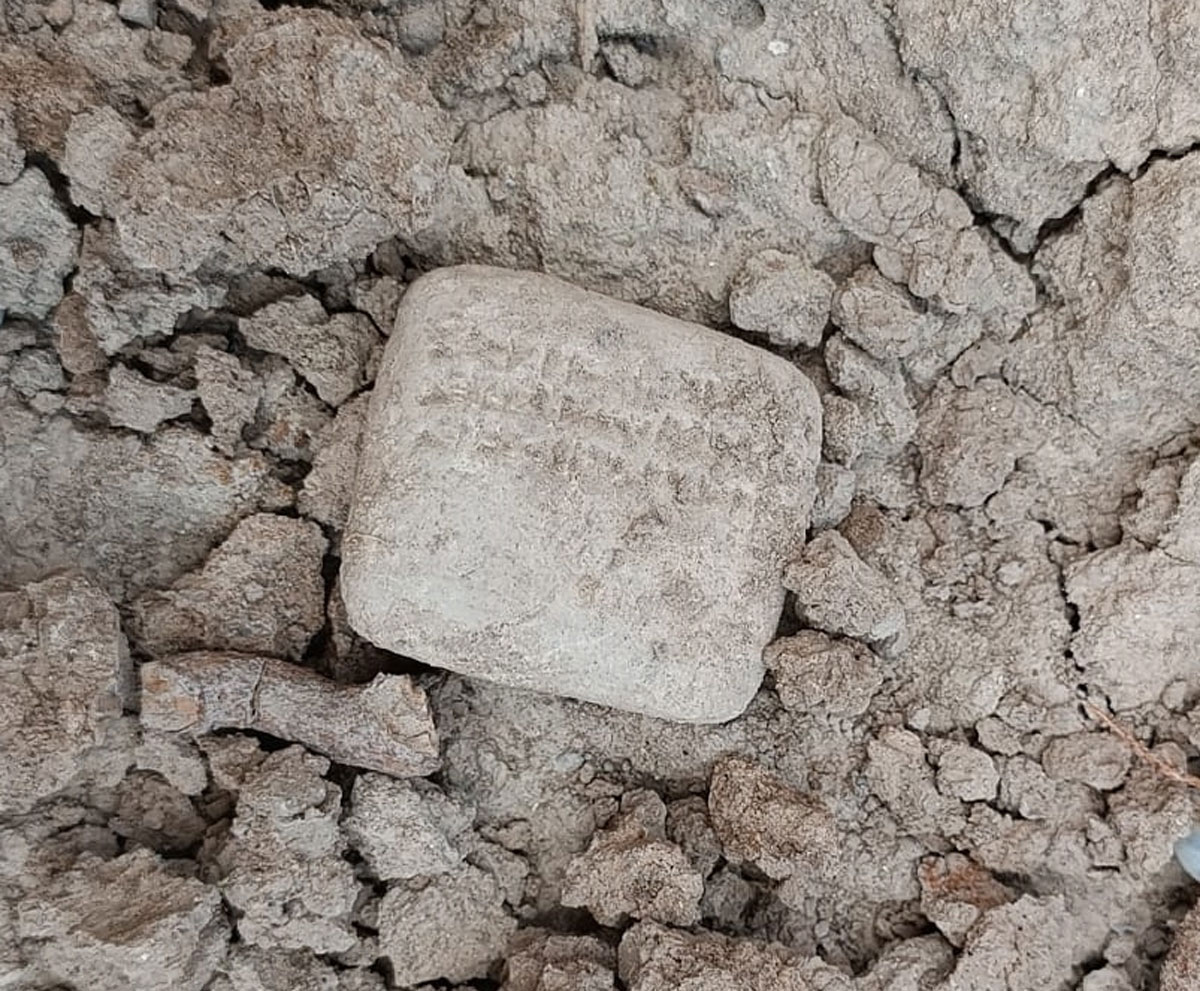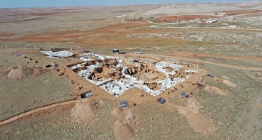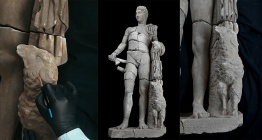In Turkey, archaeologists have made a unique discovery — a clay tablet with cuneiform writing that may turn out to be one of the oldest sales receipts in the world. Associate Professor Jacob Lauinger and doctoral student Zeynep Turker from Johns Hopkins University are examining the tablet that measures 4.2 by 3.5 centimeters, has a thickness of 1.6 centimeters, and weighs 27.85 grams.
A clay tablet engraved with what appears to be one of the world's oldest known sales receipts has been discovered by archaeologists in southern Türkiye. Written in cuneiform, the ancient document dates back to the 15th century BCE and records the purchase of large quantities of wooden furniture.
A 3,500-year-old tablet was discovered during excavation in Hatay, Türkiye’s Mediterranean coastal city, the country's culture and tourism minister said on Tuesday.
Mehmet Akif Ersoy said the tablet was found at Accana Hoyuk, also known as Old Alalah, in the Reyhanli district of Hatay.

“According to the first readings, the Akkadian cuneiform tablet dating back to the 15th century BC contains records of a significant amount of furniture transactions,” Ersoy said on X.
Tablet speaks about economic structure and governmental system of its era
The tablet weighs 28 grams, he said, believing that it will provide a new perspective on the Late Bronze Age's economic structure and governmental system.

Associate Professor Jacob Lauinger and doctoral student Zeynep Turker from Johns Hopkins University are examining the tablet that measures 4.2 by 3.5 centimeters, has a thickness of 1.6 centimeters, and weighs 27.85 grams.
Linguists are continuing to research the artifact's initial lines, which record significant purchases of wooden tables, chairs, and stools, as well as who bought or received them.
Curiously, this is far from the first mundane report to have been found in the Akkadian language. In 2018, researchers came across a similar clay tablet scribbled with a complaint from a disgruntled customer who was apparently unhappy with the quality of copper that he had purchased.
And while scholars often struggle to decipher the messages imprinted onto these ancient tablets, the task of interpreting cuneiform may be about to get a whole lot easier thanks to the development of an artificial intelligence system that can translate Akkadian and other related languages with 97 percent accuracy. Reading between the lines, however, is an altogether different matter.








 Türkiye'deki tescilli mağaralarda 30 memeli türü ve endemik canlılar keşfedildi
Türkiye'deki tescilli mağaralarda 30 memeli türü ve endemik canlılar keşfedildi  Teos Antik Kenti'ndeki Dionysos Tapınağı'nda kazı ve restorasyon çalışmaları devam ediyor
Teos Antik Kenti'ndeki Dionysos Tapınağı'nda kazı ve restorasyon çalışmaları devam ediyor  Gümüşhane Karaca Mağarası'nda turizm sezonu başladı
Gümüşhane Karaca Mağarası'nda turizm sezonu başladı  Euromos Antik Kenti'ndeki Zeus Tapınağı restore ediliyor
Euromos Antik Kenti'ndeki Zeus Tapınağı restore ediliyor 




